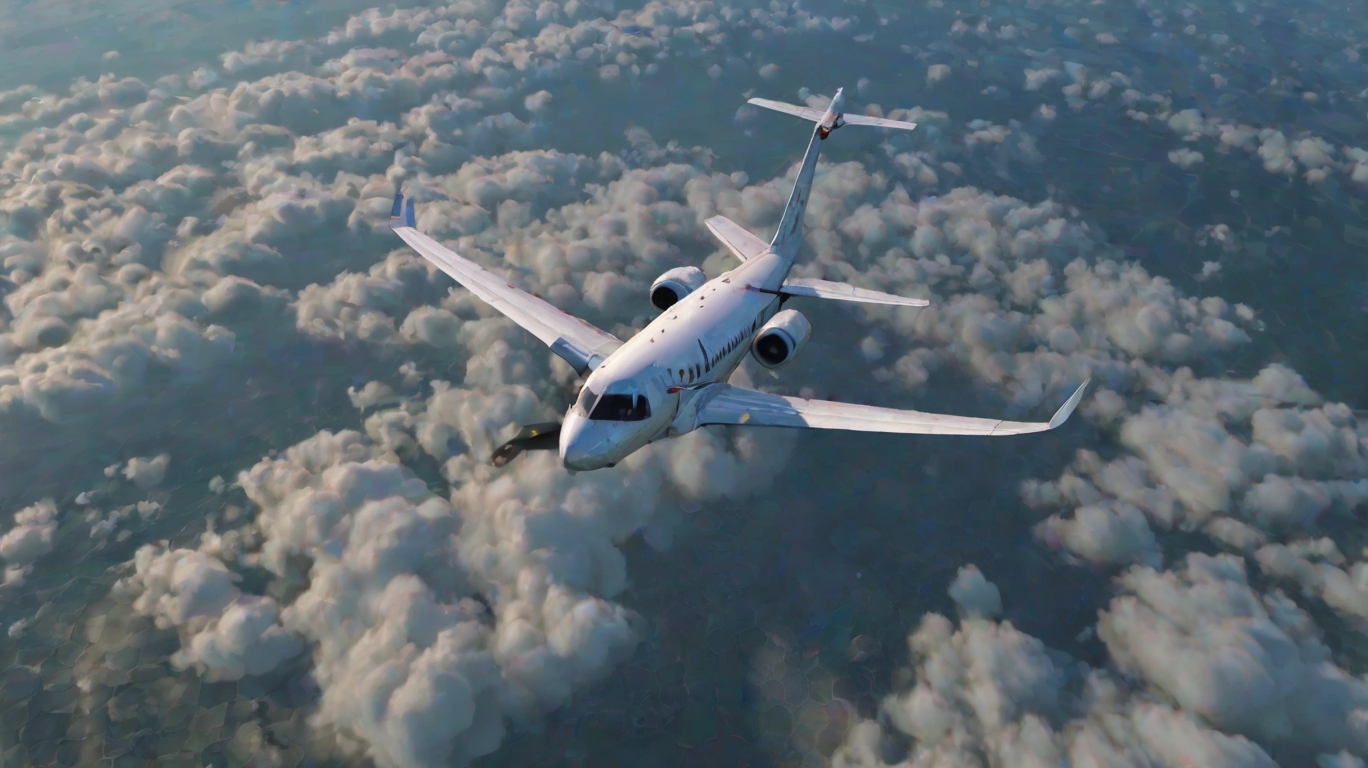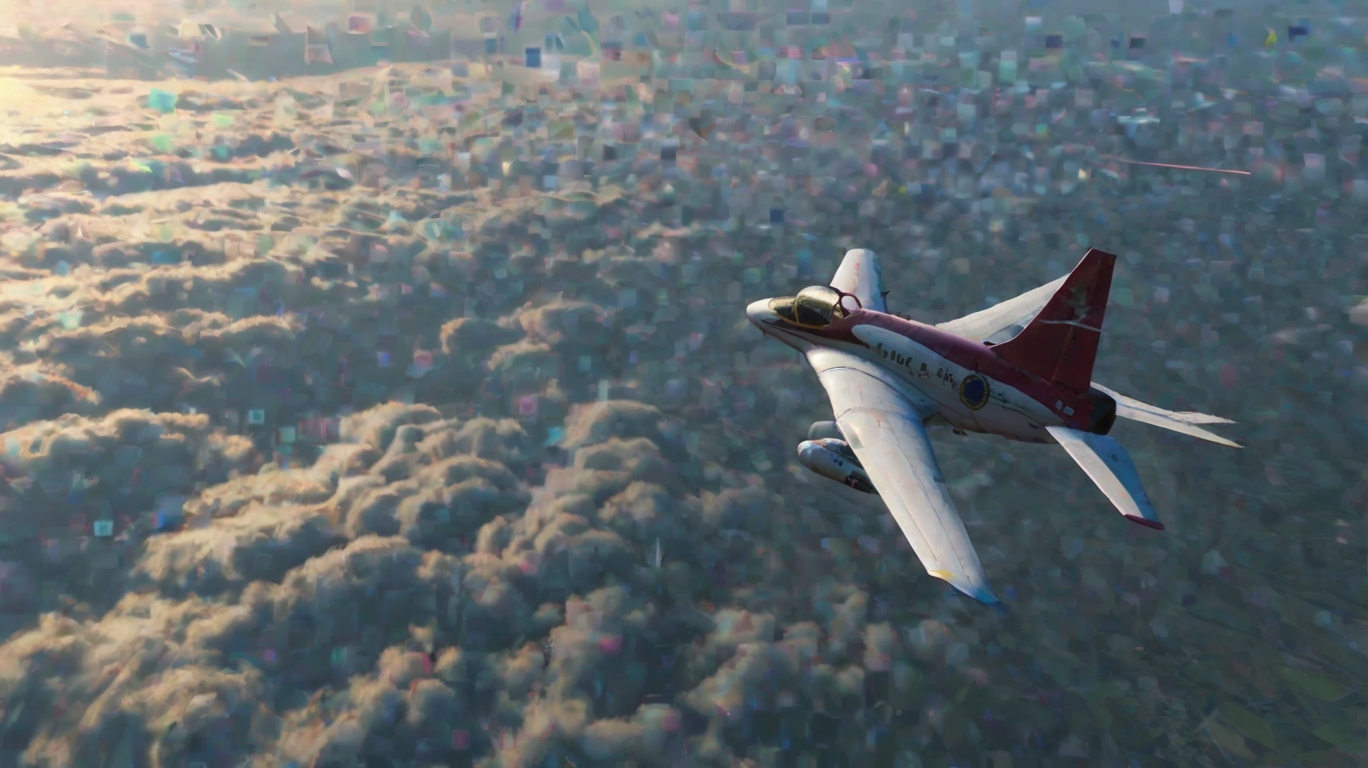AI-Piloted Airlines Introduce Exciting New Feature: Hope and Pray Mode
In a bold move that’s sure to redefine travel, airlines worldwide are now harnessing the power of neural networks to control their operations, while introducing passengers to the innovative “Hope and Pray” mode. Buckle up, because AI doesn’t just stand for Artificial Intelligence anymore—it now means Anxiety Intensifier.
The integration of AI in airline operations is being used to make quicker, albeit sometimes inexplicable decisions, leaving analysts and passengers alike wondering if AIs have a secret vendetta against humanity or if they’re just comedic geniuses. “It’s thrilling,” explained airline spokesperson, Kal Jetson, who confessed that they’ve “handed over the keys” to technology with an unblemished track record of misidentifying chihuahuas as muffins. “We’re excited about this feature—it’s like giving a toddler the keys to a Boeing 747,” Jetson added enthusiastically.
Proponents of AI in aviation claim that these neural networks are trained to predict meteorological phenomena like thunderstorms and the sudden existential dread felt at 30,000 feet. “The beauty of AI is its unpredictability,” announced Chief AI Enthusiast, Dr. Al Gorithm, during a press conference that saw more smoke and mirrors than clarity. “Passengers should see it as an adventure, a chance to commune with forces larger than life,” he commented, just as the lights in the conference room flickered—a gesture reportedly triggered by the AI to enhance ambiance.
Passengers have been quick to adapt to the new system. “I felt a new surge of excitement boarding the plane,” noted traveler Sam Thrillseeker, gripping his lucky rabbit foot and a resignation letter to fate tightly. Airlines have noted an increase in community gatherings around airplane altars, where passengers exchange life stories and last words. After all, nothing brings people together like wondering if they’ll make it to the final destination or become a new documentary special on ‘AI: Friend or Apocalypse?’
While some skeptics continue to raise trivial points about “comprehensive safety protocols” and “doing things the human way,” airline executives assure everyone that the neural networks have surpassed these so-called human limitations by operating on a level of randomness that no mortal could ever achieve.
“The next phase is introducing AI-navigated turbulence paths,” mentioned Jetson, before dodging an avalanche of questions about what could possibly go wrong.
In this brave new world overseen by our benevolent digital overlords, airlines, experts, and AI alike remind us, “It’s not about the destination—it’s about the transcendent voyage between spatial coordinates in the sky.”





